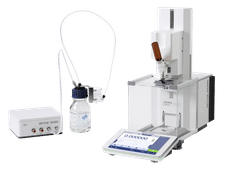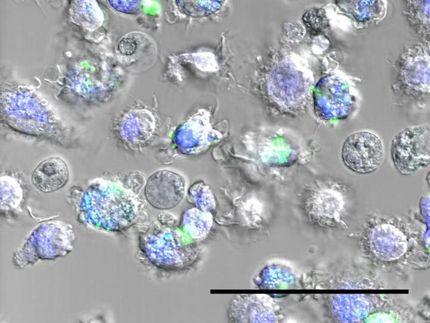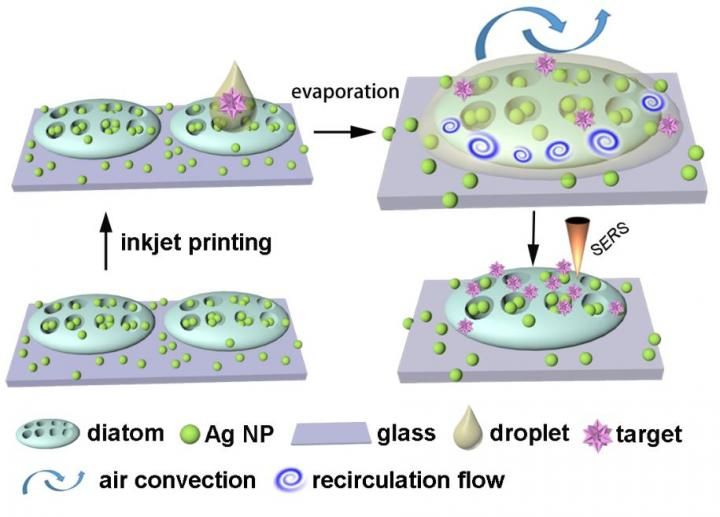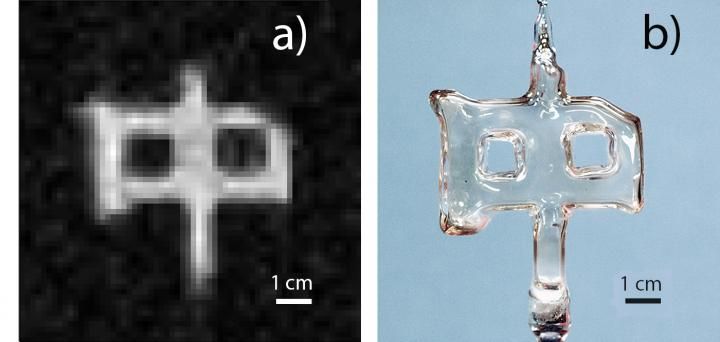NSF and EPA establish 2 centers for environmental implications of nanotechnology
Centers will focus on environmental effects of nanotechnology and its applications
The National Science Foundation (NSF) and the U.S. Environmental Protection Agency (EPA) have made awards to establish two Centers for the Environmental Implications of nanotechnology (CEIN). The centers, led by UCLA and Duke University, will study how nanomaterials interact with the environment and with living systems, and will translate this knowledge into risk assessment and mitigation strategies useful in the development of nanotechnology.
"The new centers will provide national and international leadership in the emerging field of environmental nanoscience," said Arden L. Bement, Jr., NSF director. "This is an important addition to the National Nanotechnology Initiative, and builds on earlier discoveries on the environmental implications of nanotechnology made since 2001, when NSF's Center for Biological and Environmental Technologies was established. The new centers are aimed at strengthening our nation's commitment to research on the environmental, health and safety implications of nanomaterials."
The centers will work as a network, connected to other research organizations, industry and government agencies and will emphasize interdisciplinary research and education. Their challenge is to better integrate materials science and engineering with molecular, cellular, organismal and ecological biology and environmental science.
The UCLA CEIN, to be housed at the California NanoSystems Institute on the UCLA campus, will explore the impact of nanomaterials on the environment and on interactions with biological systems at all scales from cellular to ecosystem.
At the Duke University CEIN, researchers plan to define the relationship between a vast array of nanomaterials - from natural to man-made to incidental, byproduct nanoparticles - and their potential environmental exposure, biological effects and ecological consequences. Nanomaterials that are already in commercial use as well as several present in nature will be among the first materials studied.
Traditional toxicity testing relies mainly on a complex set of whole-animal-based toxicity testing strategies. "This approach cannot handle the rapid pace at which nanotechnology-based enterprises are generating new materials and ideas," said Nel, who is also the Director of the UC led-Campus Nanotoxicology Research and Training Program at UCLA. "The CEIN's development of a comprehensive computational risk ranking will allow powerful risk predictions to be made by and for the academic community, industry, the public, and regulating agencies."
At Duke University, "a distinctive element will be the synthesis of information about nanoparticles into a rigorous risk assessment framework, the results of which will be transferred to policy-makers and society at large," said Duke CEIN director Mark Wiesner, Professor of Civil and Environmental Engineering at Duke's Pratt School of Engineering. Wiesner specializes in nanoparticle movement and transformation in the environment.
Topics
Organizations
Other news from the department science
These products might interest you

Precision balances by Ohaus
High-performance precision balances for everyday use in laboratories & industry
From milligram-accurate measurement of small samples to routine weighing in the kilogram range

Automatische XPR-Waagen by Mettler-Toledo
Production of standards, samples and concentrations - fast and reliable
Automate the weighing processes in your laboratory - ideal also for sample prep at chromatography

Balances analytiques by Ohaus
Analytical balances with outstanding weighing performance, as easy to use as a smartphone
These space-saving analytical and semi-micro balances are surprisingly intuitive to use

Get the analytics and lab tech industry in your inbox
By submitting this form you agree that LUMITOS AG will send you the newsletter(s) selected above by email. Your data will not be passed on to third parties. Your data will be stored and processed in accordance with our data protection regulations. LUMITOS may contact you by email for the purpose of advertising or market and opinion surveys. You can revoke your consent at any time without giving reasons to LUMITOS AG, Ernst-Augustin-Str. 2, 12489 Berlin, Germany or by e-mail at revoke@lumitos.com with effect for the future. In addition, each email contains a link to unsubscribe from the corresponding newsletter.























































